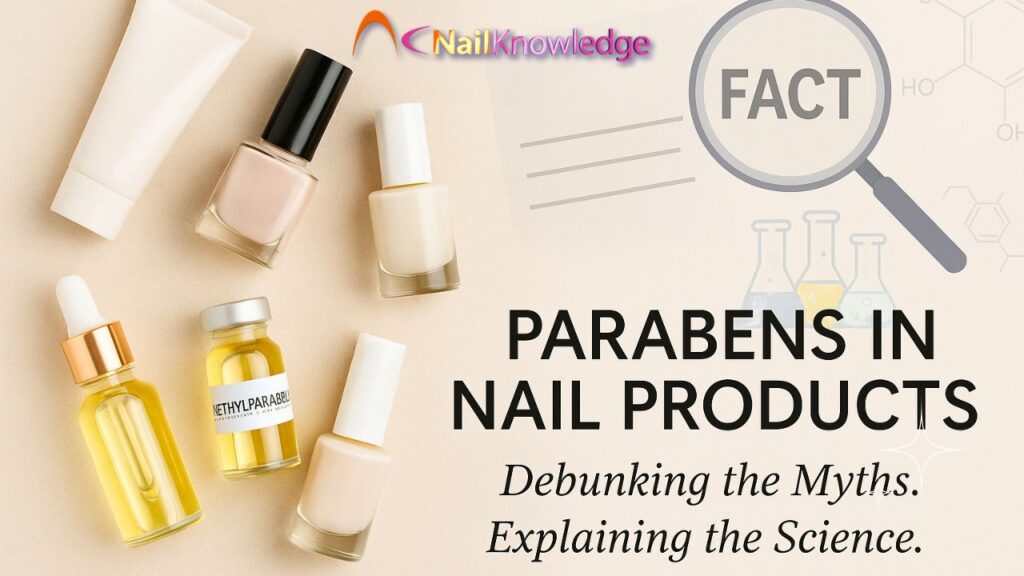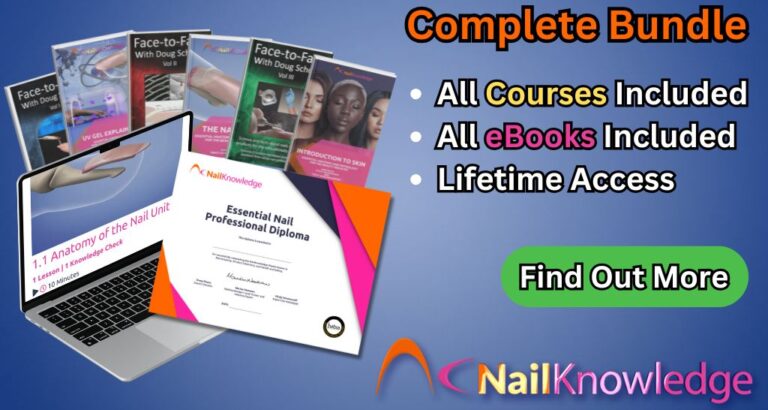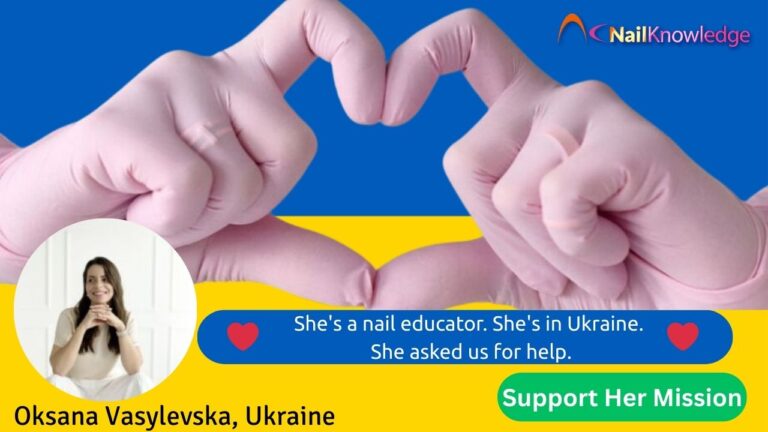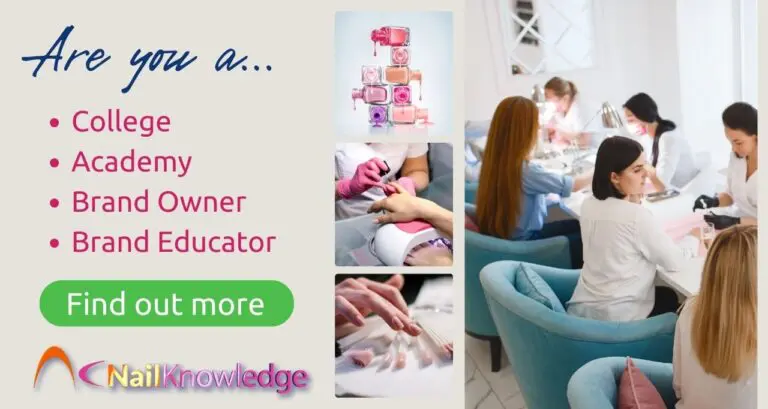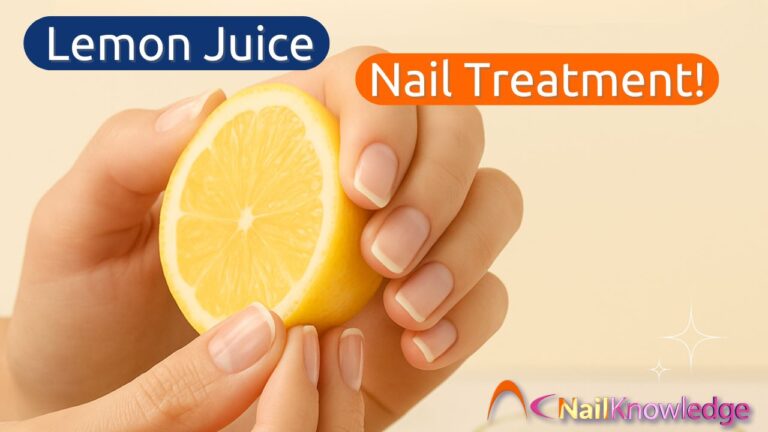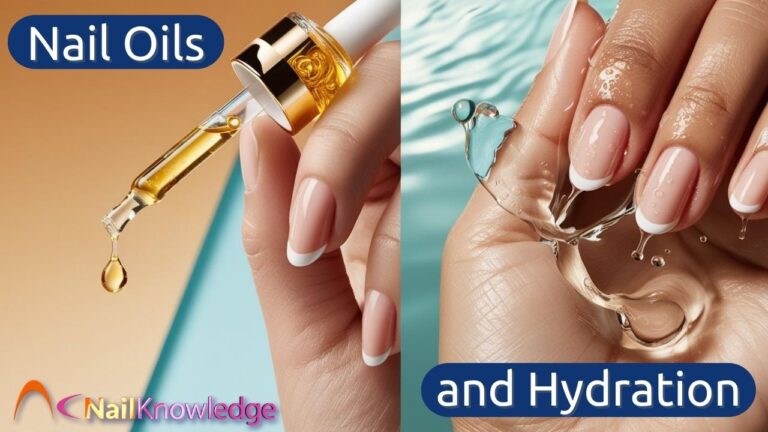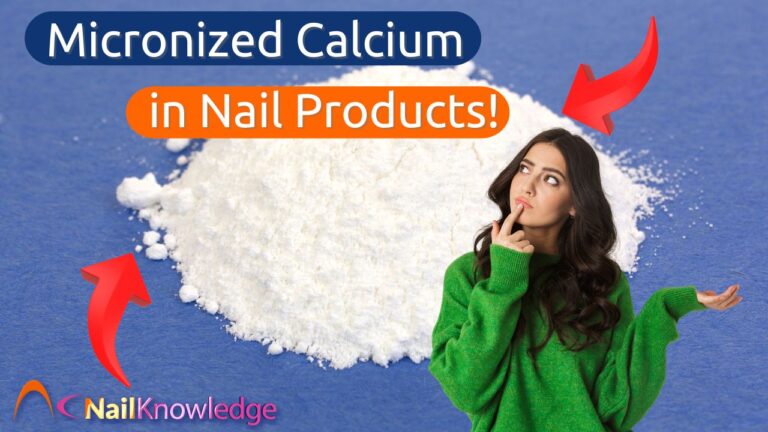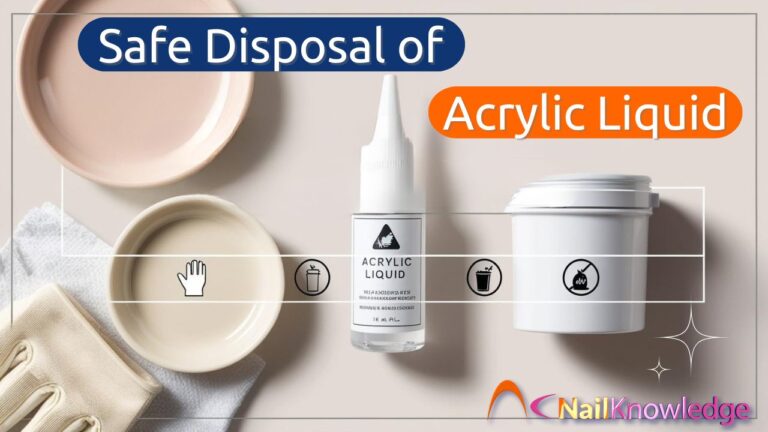We hear a lot these days about what’s “độc hại” in beauty. From sulphates to silicones, and yes, paraben in nail products, the internet is bursting with warnings, red flags, and product blacklists. But how much of it is actually backed by science? And how much is fear-based noise that gets repeated without question?
Vì thợ làm móng, salon owners, and even well-informed clients, the concern over parabens often comes up when choosing kem dưỡng da, lớp biểu bì creams, or strengthening treatments. The conversation feels urgent, especially when tied to something as serious as breast cancer. But is the concern valid? Or are we chasing shadows?
Let’s unpack what parabens are, why they’ve caused so much controversy, and what you really need to know about their role in chăm sóc móng tay.
What Are Parabens and Why Are They in Nail Care Products?
Parabens are a group of synthetic preservatives used in mỹ phẩm, personal care products, and even some pharmaceuticals. Their job is simple but essential: to prevent the growth of harmful vi khuẩn, khuôn, and yeast, which can thrive in water-based formulas. Without preservatives like parabens, many of our favourite products would have dangerously short shelf lives.
You’ll most often see them listed as methylparaben, ethylparaben, propylparaben, or butylparaben on ingredient labels.
In the context of chăm sóc móng tay, parabens in nail products appear mainly in moisturising treatments such as dầu biểu bì, hand creams, thuốc làm chắc móng, or hybrid đánh bóng formulas that include skin-conditioning ingredients. Traditional nail polish doesn’t usually contain them, as it’s a dung môi-based product less prone to microbial growth.
Origins of the Paraben Scare and Cancer Controversy
The widespread fear around parabens can largely be traced back to a single, now-discredited study from 2004. That study claimed to have found traces of parabens in breast cancer tissue and the conclusion drawn was that they might be a cause of cancer. Understandably, this sparked alarm.
But here’s the problem. The study never compared the cancerous tissue to healthy tissue, and no causation was ever proven. It simply found the presence of parabens, which could have come from a wide range of sources. Since then, multiple follow-up studies have failed to replicate those results, and leading organisations like the Susan G. Komen Foundation have stated there is no credible evidence linking cosmetic parabens to breast cancer.
So why does this myth keep popping up?
Because fear spreads faster than facts. Especially online.
Real Stories and Misinformation in Nail and Beauty Advice
Doug Schoon, a respected scientist in the nail and cosmetic industry, shares a powerful story that highlights just how easily misinformation spreads, even among professionals.
While accompanying a friend, a breast cancer survivor, to her routine check-up, Schoon was surprised to hear the doctor warn her to avoid parabens, especially in beauty products. When asked for the source of this advice, the doctor admitted it came from “an environmental website” and “something he read online.”
No research. No verified data. Just repetition of something he heard somewhere, sometime, and now passes on to patients as though it’s established truth.
This is how parabens in nail products ended up on “danger” lists, not through credible science, but through repetition, fear, and a few loud activist groups pushing junk science.
Are Cosmetic Preservatives Like Parabens Actually Safe?
Yes, they are. And here’s why that matters.
Compared to many alternative preservatives, parabens are actually among the safest and most effective options available. They:
- Work at very low concentrations
- Are highly effective against a broad spectrum of microbes
- Are less likely to cause dị ứng reactions than some newer, less-studied alternatives
- Have a long safety record supported by decades of use and regulatory oversight
Regulatory bodies like the FDA (U.S.) and the Scientific Committee on Consumer Safety (EU) continue to permit the use of parabens in cosmetics within set concentration limits. If they were unsafe, they would be banned.
Instead, what we’re seeing is a growing number of products marketed as “paraben-free” not because parabens are dangerous, but because brands are responding to consumer fears. Fears that were born out of misinformation, not evidence.
Why Nail Professionals Should Understand Preservative Facts
When a client asks you if the parabens in nail products are dangerous, what will you say?
This is your opportunity to be both reassuring and factual. Let them know:
- The original study linking parabens to cancer has been debunked
- Parabens are effective and safe when used within regulatory guidelines
- The dose makes the poison. Trace exposure in nail products is not dangerous
- Alternatives often require higher concentrations, which may irritate the skin more
By educating your clients with facts rather than feeding the fear, you build trust and protect the integrity of your service.
Should Clients Avoid Parabens in Nail Products?
If you have a known dị ứng or sensitivity, of course, always avoid ingredients that don’t agree with your skin.
But for the vast majority of people, parabens in nail products pose no health risk. In fact, they increase the safety and shelf life of the product by preventing microbial contamination. Without them, you’re more likely to use a product that has gone bad, and that’s a real concern.
So before you toss out a perfectly good cream or cuticle oil because it contains a paraben, pause and ask: is this based on facts or fear?
Final Thoughts on Parabens and Nail Product Safety
We live in a time where “clean beauty” often means “fear-based marketing.” And while it’s wonderful to be informed and selective about what we put on our bodies, that doesn’t mean demonising ingredients without credible evidence.
Parabens in nail products have been unfairly targeted by junk science and misinformation. The truth is, they are well-researched, widely used, and among the safest preservatives in the industry. So the next time someone warns you about them, you’ll know exactly what to say and why it matters.
Because in beauty, as in science, the truth shouldn’t be optional.

